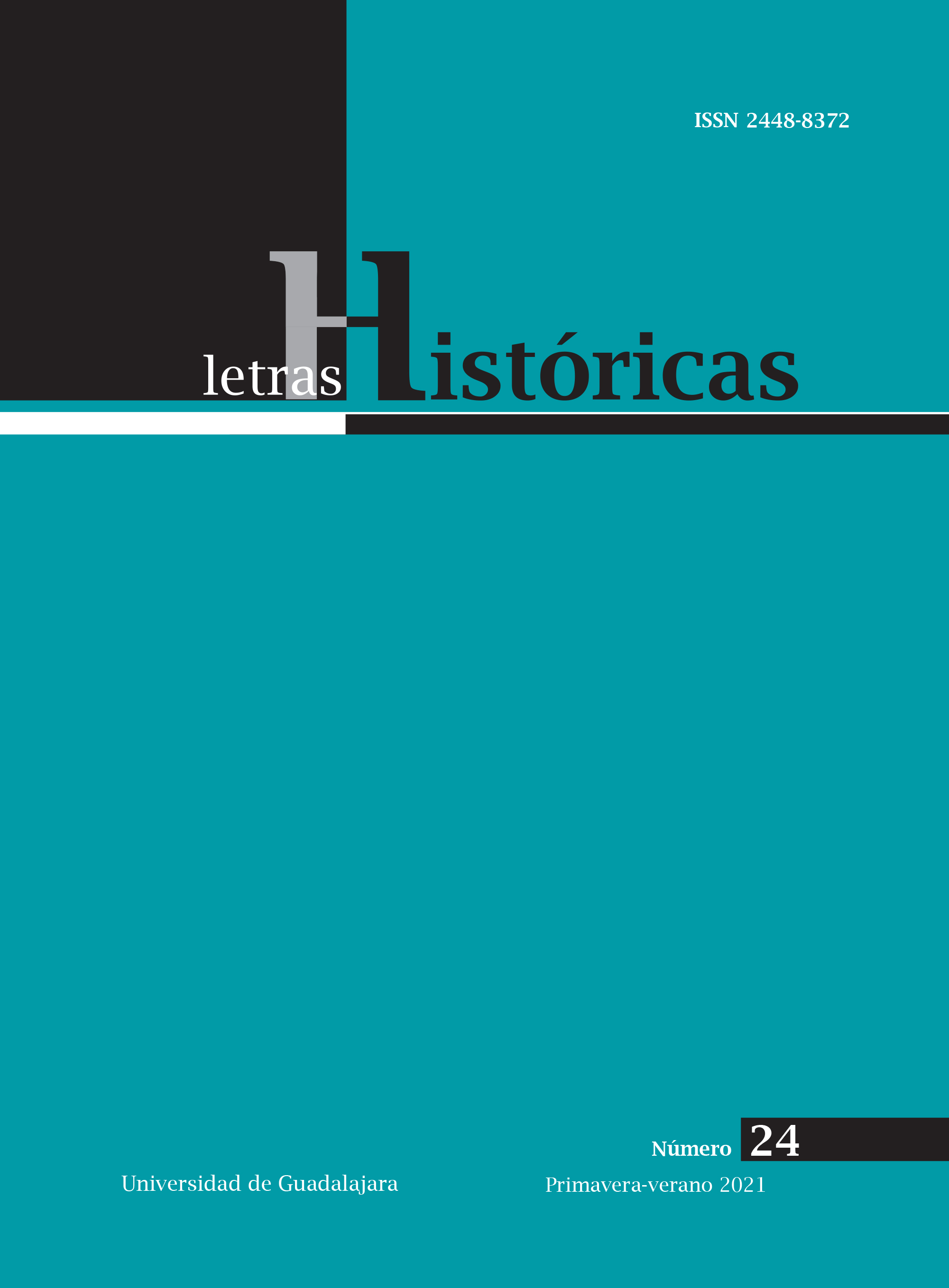Abstract
This article analyzes intentionality and destiny in science through a historical perspective. In this complex relationship, human interaction, the intentionality of the action, the chain of events, the processes of epistemic assembly and destiny are privileged. To this end, the case of “erythronium” is addressed, a chemical substance discovered in 1801 by the mineralogist Andrés Manuel del Río Fernández (1764–1849), whose verification and validation process by the international community would take thirty years to recognize it with the name of vanadium, and be integrated as element 23 to the Periodic Table. Andrés del Río attended the global debate that the Swedish chemist Nils Gabriel Sefström opened when he rediscovered again, in 1831, the metallic substance that he had baptized with the name of Eritronio.
















